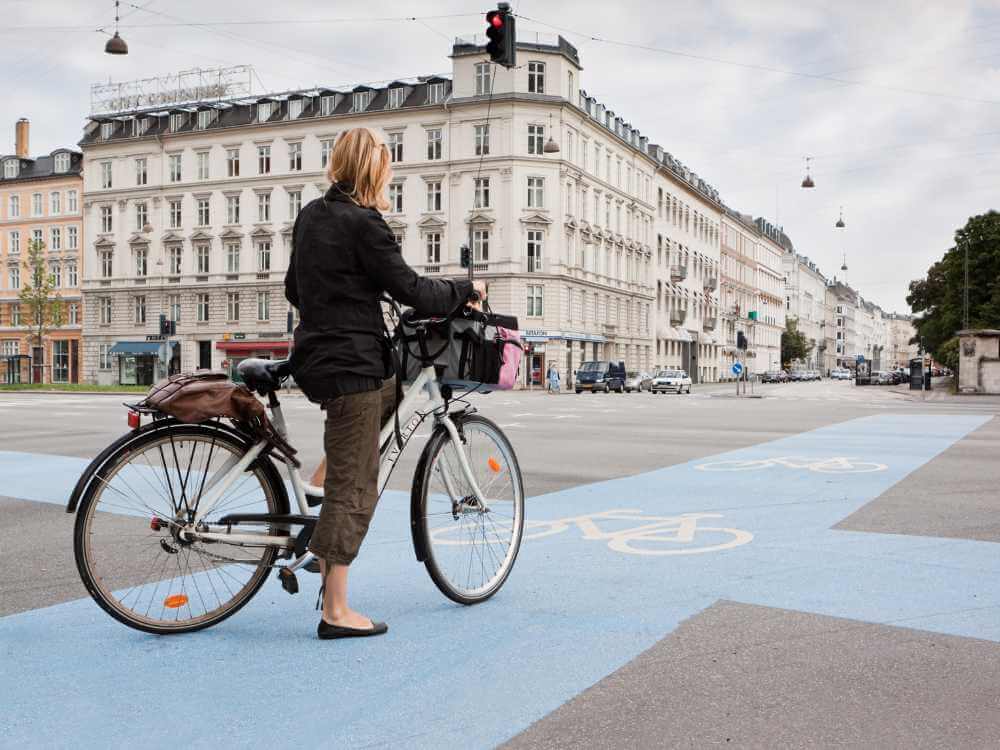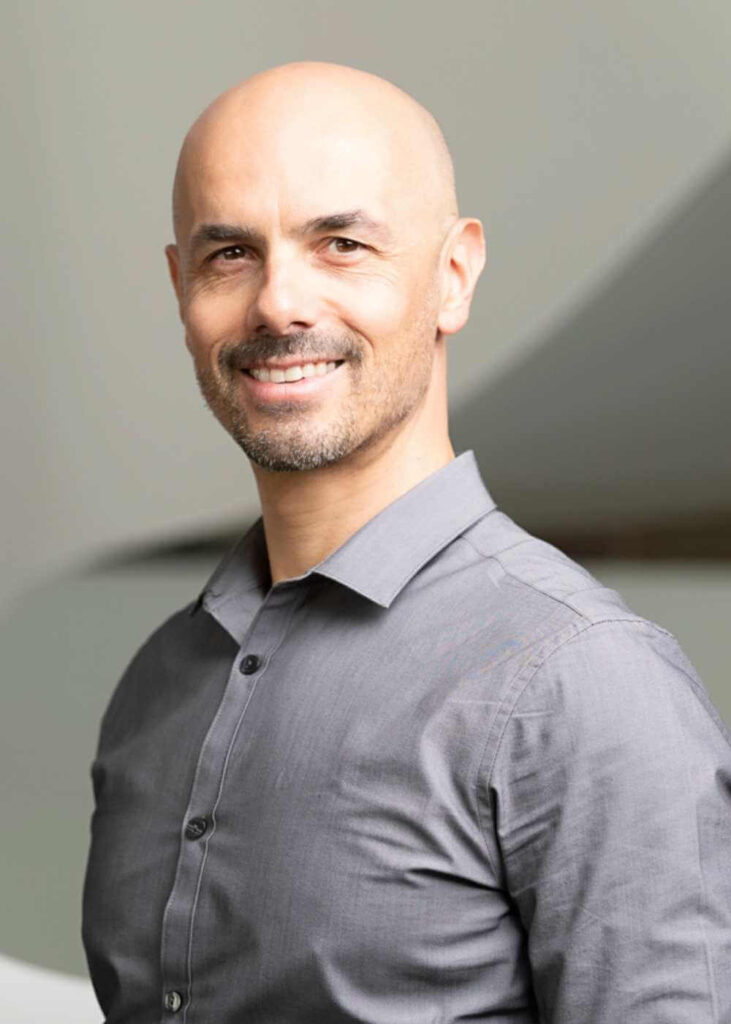This post was last updated on June 5th, 2023 at 11:15 am
When it comes to becoming more physically fit, many of us think we have only one option: exercise. Swimming, gym workouts, and competitive sports are examples of activities that we’ve learned to perform to raise our heart rates and burn those calories. But Professor Emmanuel Stamatakis at The University of Sydney wants people to know there is an alternative to traditional exercise. It’s called vigorous intermittent lifestyle physical activity, or VILPA.
The truth is, many of us engage in some VILPA, more broadly described as incidental physical activity, without realizing it. Do you mow your lawn, climb stairs at work, or run through parking lots during heavy downpours? Any of these activities and many more might qualify as VILPA, which are short bursts of intense physical activity experienced during regular, everyday living.
Human beings have been doing VILPA since their days as hunter-gatherers. But for the first time, we’re learning just how beneficial VILPA is for our health. Stamatakis was the lead author of a study published in Nature Medicine that found a few minutes of VILPA each day was associated with a nearly 40% reduction in all-cause and cancer mortality risk and a nearly 50% reduction in cardiovascular disease mortality risk compared to people who didn’t engage in VILPA. Just as important, the study found VILPA achieved results similar to traditional exercise.
VILPA vs. traditional exercise
A major difference between VILPA and traditional exercise is that VILPA requires no special skills, gym memberships, expensive equipment, or extensive planning. It’s about taking advantage of opportunities to become more physically active as you go about your daily responsibilities.
These opportunities are different for everyone, and some people have more opportunities than others. For example, residents of Copenhagen, Denmark, are blessed with one of the world’s best transportation systems for biking. A 2019 survey found 62% of residents travel to work or school by bike. The city features more than a dozen cycle superhighways, or supercykelsti, without any traffic lights or cars. The city also has 17 bridges for bikes only.
Stamatakis is an advocate of government planning and policies that encourage physical activity. Surveys have shown that convenience, not the health benefits, is among the top reasons for Copenhagen residents choosing to bike to work. “If you ask cyclists, ‘Why do you cycle?’, very few will tell you that ‘I do it for my health.’ The list of reasons are convenience, fun, and it’s inexpensive. Practical reasons. Health and fitness comes much, much lower in the list of reasons,” Stamatakis said.

A physically active population is often healthier in other ways, too, he added.
“A city where the physically active option is the convenient option is a more humane city,” Stamatakis said. “It’s a city where the citizens find it easier to socialize with each other, walk their dogs, to reach all the amenities around their area without having to travel for long periods of time. It’s a city that respects the social element and the human element as well.”
Read more excerpts from the interview with Professor Emmanuel Stamatakis below. Responses have been edited for clarity and length.
Frugalmatic: Technology strikes me as being this double-edge sword. Is technology a force of good or is it the problem behind people’s sedentary habits?
Emmanuel Stamatakis: Neither of the two. Technology is part of reality. Whether it’s a force of good or force of evil depends on how we use it. In speaking as a person, not as a researcher, I’m really glad I live at this point in human history. One of the reasons is that technology is amazing.
Fitness trackers, smartphone apps, and online exercise programs: You can’t really say they are not a good thing. They offer choice, which means every individual has opportunities to find something that suits them. Some people may stick with the trackers. Some people may enjoy Zumba videos, or an online yoga class. Some others might have an app-based personal trainer.
However, I don’t think technology on its own is able to solve the problems that it has partly created in the first place. I don’t think technology is fully responsible, but it has contributed to many aspects of the physical inactivity problem.
We need to have a menu of options on how to tackle this very important problem. One is individual-level solutions. Then we have policy-level solutions. We need science, of course. Governments have a huge role to play. They cannot be passing on the responsibility to the individual. The governments are responsible through the healthcare systems, through urban planning, and through transportation policy to enable an environment for physical activity.
Enjoying this interview? Check out the Frugalmatic archive
F: How effective are fitness trackers in helping people achieve their fitness goals?
ES: It’s a relatively recent phenomenon that hasn’t really shown whether they’ve achieved anything at the population level. For specific individuals, I believe they’re genuinely helpful. I’m one of them. I track my steps using my commercial tracker. And I have a certain target, and I make sure that by the end of the day I meet or exceed my target. I was an active individual prior to getting my tracker. That’s the bottom line.
In terms of my physical activity levels, they were well above the WHO (World Health Organization) guidelines well before I got my tracker. This is something that we see quite consistently. Long-term users of trackers usually tend to be people who are health conscious, physical activity and exercise literate and would be physically active anyway.
There is an issue with the trackers reaching those people who need them the most. And these people who need them the most are those that are the most sedentary, who spend the most time sitting with very little movement. And these are the people who have to face the barriers to structured exercise, as well.
The trackers have a time and a place. They are impressive, technologically. They are here to stay. It could be that eventually we’ll find the optimum way to use them and use them to reach the people who need them the most, the least active and the least healthy people.
F: We live in a world that prizes convenience and treats some types of physical activity as a burden, such as household chores. How do we reframe this issue so that incidental physical activity becomes something that people want to do?
ES: To some extent, there is a mindset problem, poor physical activity literacy. When it comes to physical activity, there are huge misconceptions in the general public. Perhaps the most debilitating one is that in the minds of the Average Mr. and Mrs. Joe, physical activity is synonymous with structured, leisure time exercise: going to gyms, health clubs, or going swimming. Sometimes it’s traveling somewhere in order to spend a period of time moving. It could be competitive sports or individual sports. This is a very harmful mindset. It creates huge barriers.
A very good starting point is to work on physical activity literacy. Help people understand that there are opportunities for people to benefit from movement in their day-to-day routine. Of course, I’m not suggesting we should place the pressure on the individual. This is only part of the story. Governments also have a huge role to play in creating policies that enable physical activity like what’s being done in Copenhagen.

